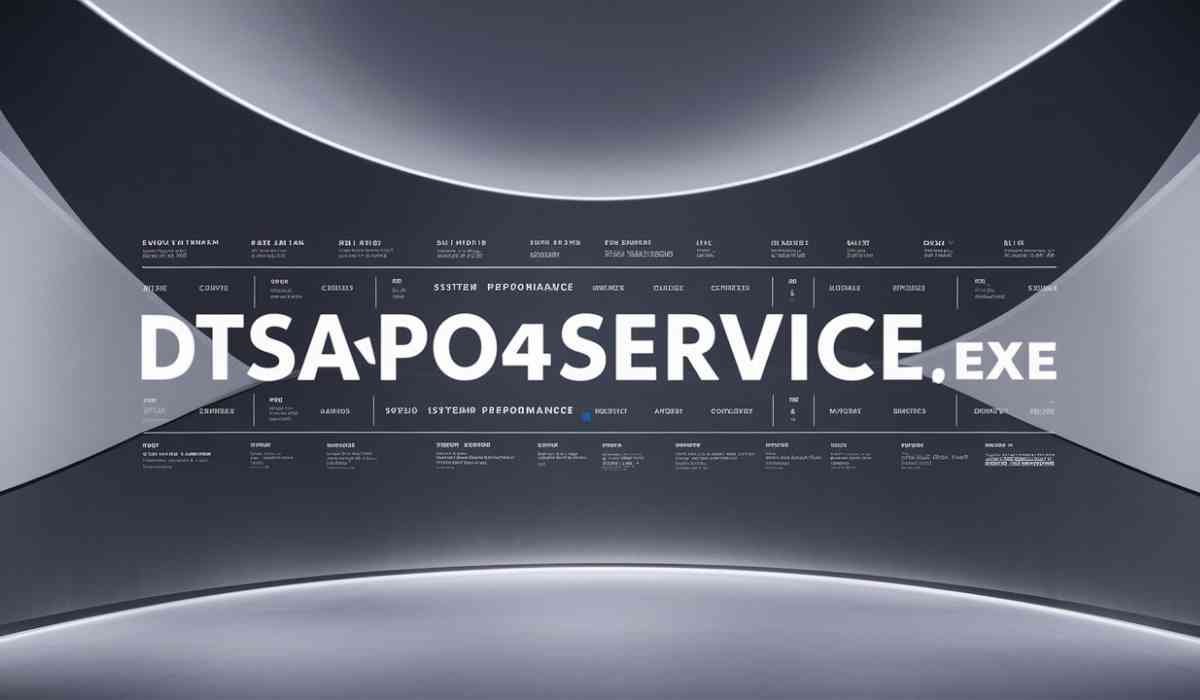The internet is a wild, ever-changing landscape, and your website is like a tiny island in this digital sea. But what happens when visitors land on your shores only to find… a dead end? That’s exactly what broken links do—they frustrate users, hurt your credibility, and can even tank your SEO rankings. A proactive approach to this problem is key to effective white label link building services. Left unchecked, these pesky 404 errors could slowly eat away at your business. But don’t worry! Fixing broken links doesn’t require wizard-level coding skills, just a solid plan and some nifty tools. Let’s break it down (pun intended) and get those links working again before they break your business.
Why Do Links Break in the First Place?
Before we fix them, let’s quickly address why links break in the first place. Knowing the causes can help prevent future issues. Here are the usual culprits:
- URL Changes – A page was moved or renamed without setting up a redirect.
- Deleted Pages – The page no longer exists, and the link leads nowhere.
- External Websites Vanish – If you link to another site that gets taken down, your link becomes useless.
- Typos – A simple misspelling can doom a link to failure.
- CMS or Plugin Issues – An update or plugin conflict might mess with your links if you use WordPress or another CMS.
Now that we know why they break, let’s move on to how to find and fix them.
Step 1: Find the Broken Links
The first step to fixing a problem is identifying it. There are several ways to track down broken links:
1. Google Search Console
Google’s free Search Console is a great place to start. It will flag crawl errors and show which URLs return a 404 error. Head to the “Coverage” or “Crawl Errors” section and see what’s broken.
2. Broken Link Checkers
There are various tools designed specifically for hunting down broken links:
- Screaming Frog SEO Spider (Great for in-depth analysis)
- Ahrefs Broken Link Checker (Comprehensive, but premium)
- BrokenLinkCheck.com (Simple and free)
- Dead Link Checker (Handy for quick scans)
Simply enter your website’s URL, and these tools will crawl it and produce a list of broken links.
3. Manual Check
While tedious, a manual check can sometimes be the best way to verify broken links. Click through your site’s important pages, especially high-traffic ones, and ensure everything works as expected.
Step 2: Fix Those Broken Links
Once you’ve identified the culprits, it’s time for the real work—fixing them. Here’s how:
1. Set Up 301 Redirects
If a page has moved, don’t just leave visitors stranded. Use a 301 redirect to point them to the new location. This ensures users and search engines end up in the right place. Most CMS platforms, like WordPress, have plugins like Redirection or Yoast SEO Premium, making this process easy.
2. Update Internal Links
If you changed a URL but forgot to update internal links, fix those manually. Review your website’s navigation, blog posts, and other content, updating outdated links.
3. Fix Typos
Sometimes, it’s just a small typo causing the issue. Double-check URLs in your content, especially ones you manually input, and fix any errors.
4. Remove or Replace Dead External Links
If you’re linking to another website that no longer exists, you have two choices:
- Find a similar, updated resource and replace the link.
- Remove the link entirely if it’s no longer relevant.
Pro tip: Use Wayback Machine to see if the old page is still accessible in some form so you can direct users to an archived version if necessary.
5. Contact Webmasters
If a broken link is caused by an external website going down, but you really want to keep that reference, try contacting the site owner. They may have simply changed the URL and can give you the new link.
Step 3: Prevent Future Link Breakdowns
Fixing broken links is great, but preventing them in the first place is even better. Here’s how you can keep your site’s links in top shape:
1. Perform Regular Audits
Make it a habit to check your site for broken links every few months. Tools like Screaming Frog or Google Search Console can automate this for you.
2. Use Permalinks Smartly
Try to keep URLs simple and avoid unnecessary changes. If you must update a URL, always set up a redirect.
3. Monitor External Links
Since external sites can change without warning, consider using a monitoring tool that alerts you when an outbound link breaks.
4. Keep a Redirect Strategy
If your site is undergoing a redesign or restructuring, plan and set up redirects for any URLs that will change.
Wrapping It Up
Broken links may seem like a small nuisance, but they can have big consequences—frustrated visitors, lost customers, and a drop in search rankings. Thankfully, fixing them isn’t rocket science. With regular audits, smart redirects, and some link maintenance, you can keep your website running smoothly and avoid the dreaded 404 page. A diligent provider of white label link building services will ensure this maintenance is consistently performed. Stay vigilant, keep those links alive, and make sure your digital island remains a paradise, not a dead end!









